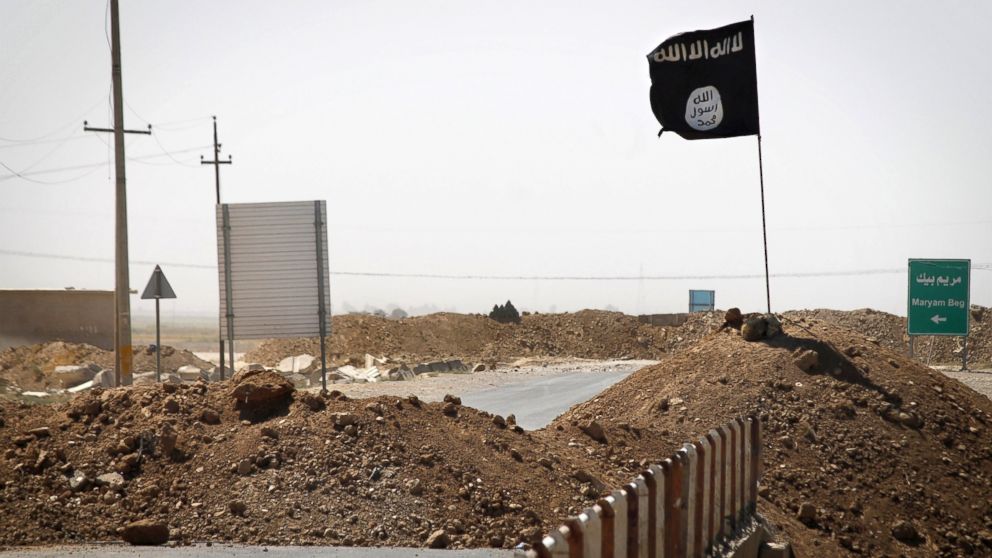ISIS Has First Gunfight With the West
First shots were fired between ISIS and Western forces in Iraq.

— -- This past week marked the first firefight between western forces in Iraq and ISIS militants.
Until now neither the United States nor any other member of the coalition could say they’d fired on ISIS from anything but an aircraft overhead.
That changed when Canadian Special Forces came under heavy mortar and machine gun fire while working alongside Iraqi forces near the front lines with ISIS, prompting the elite team of trainers to return fire. Brigadier-General Michael Rouleau, commander of the Canadian Special Operations Forces, said Canadian and Iraqi snipers managed to push the enemy back.
How 400 US Troops Will Train Syria's Moderate Opposition to Fight ISIS
Almost as soon as the team got close to front lines, the attack began. “This is the first time this has happened since our arrival [in Iraq] and our reaction is wholly consistent with the inherent right of self-defense,” Rouleau told Canadian reporters in Ottawa on Monday. “I’m satisfied to report to Canadians that their Special Forces are helping the Iraqis in northern Iraq materially in this dangerous struggle against ISIL.”
Rouleau also revealed that his forces have been acting as so-called “forward air controllers,” essentially acting as eyes on ground who can point out targets for coalition airstrikes. It’s a role that U.S. commanders have yet to employ for their own forces for fears of violating President Obama’s commitment not to put U.S. “boots on the ground.”
This week’s attack on Canadian forces demonstrates how dangerous that role can be.
Within weeks of the gun battle Canadian forces took a picture of two ISIS fighters perched on a hill manning a machine gun. Canadian military commanders presented the picture as evidence of the precision targets their teams on the ground can provide. A spokesman for the Canadian Defense Ministry says they do not believe these are not the same fighters who fired on the Special Forces.
“We’re providing ground truth to commanders who are making the decision on whether to strike or not,” Rouleau said. “CANSOF (Canadian Special Operations Forces) on the ground help make this thing faster. It’s more efficient because coalition commanders have confidence that people are actually looking on the ground at what’s there as opposed to trying to discern from an… aircraft.”
Critics of the US strategy in Iraq and Syria have often said that the air campaign won’t be effective without these types of eyes and “boots” on the ground.
Max Boot, a senior fellow for National Security Studies at the Council on Foreign Relations, recently wrote in Defense One that “this lack of eyes on the ground makes it harder to call in air strikes and to improve the combat capacity of U.S. proxies.”
“Experience shows that “combat advisors” fighting alongside indigenous troops are far more effective than trainers confined to large bases,” Boot wrote.
Gen. Martin Dempsey, chairman of the Joint Chiefs of Staff, has been the lone voice within the administration, saying he would consider putting U.S. combat forces on the ground if necessary.
As of January 19 the U.S. military says the coalition has conducted over 1,900 airstrikes on ISIS targets in Iraq and Syria.



